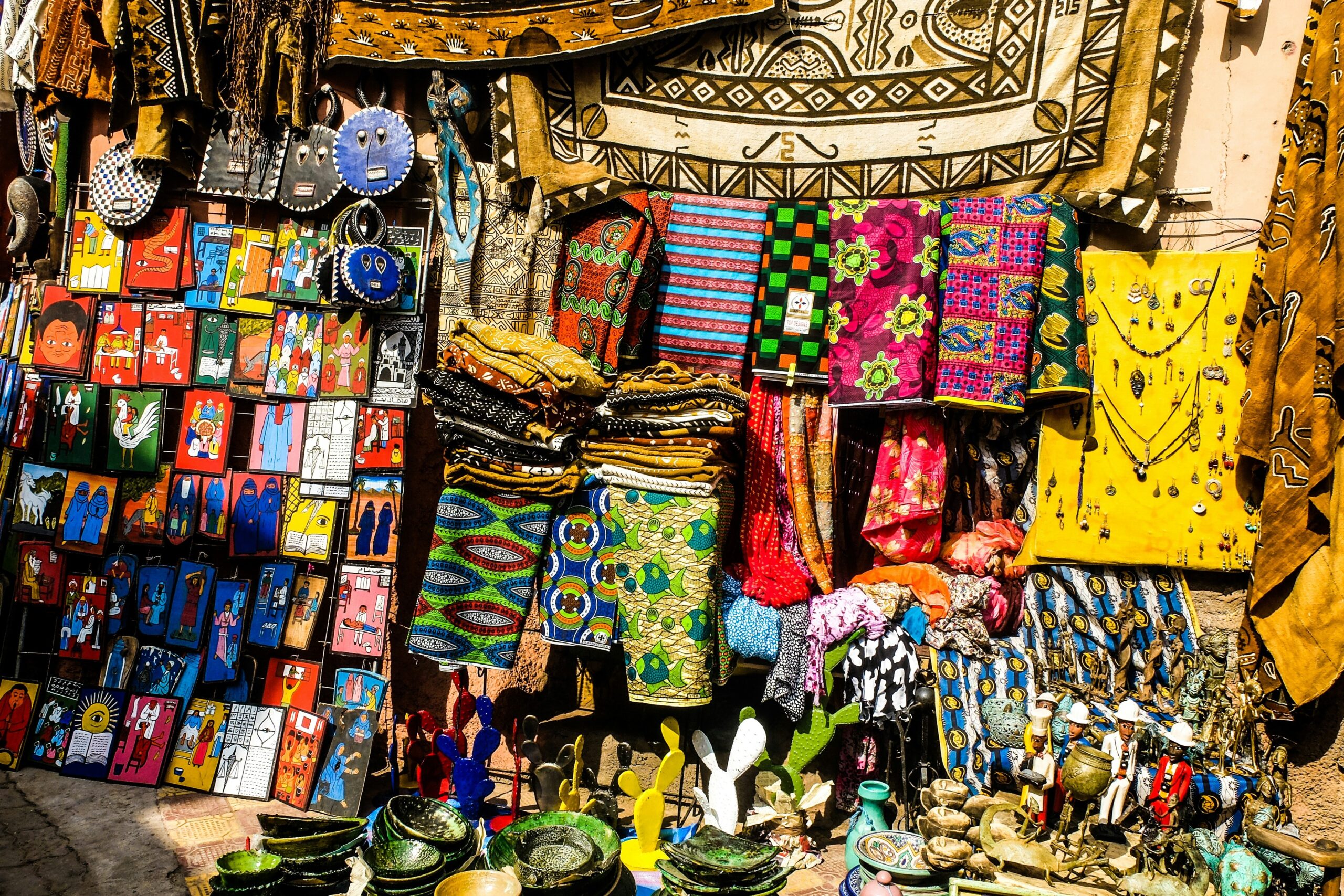
Handicrafts are a national heritage and a source of attraction for tourists
Handicrafts and traditional industries occupy a wide area of Moroccan heritage, in which the manufacturer relies on his individual mental and manual skills, using raw materials available in the local natural environment or imported raw materials.
The importance of crafts and handicrafts is reflected in the fact that they indicate aspects of the national identity of the country that produces crafts and handicrafts, and Morocco can achieve wonderful material gains through the interest and support of handicrafts.
Many countries have realized the importance of investing in their craft heritage, and have worked to establish thousands of workshops and factories. Thus it created hundreds of thousands and perhaps millions of job opportunities for its youth and opened markets to sell its products everywhere, which made it transform from poor countries, or countries consuming what others produce… from fashion, furniture, furnishings, household tools, and all the needs of daily life, to rich countries. From the revenues from exporting its abundant handicraft products to various parts of the world, in addition to deepening the cultural dimension as countries with a civilizational heritage that makes it stand proudly before the developed countries in the era of globalization, with no competitive advantage other than its popular creativity.
Morocco has a traditional craftsmanship heritage with an international radiance, characterized by its diversity, richness, and originality. Traditional crafts throughout the ages have constituted the distinguished field for crystallizing and embodying the skills and creativity of Moroccan traditional craftsmen and craftsmen who have mastered the techniques of engraving, engraving, and decoration, drawing inspiration for their creativity from nature and the various geometric shapes of the Moroccan cultural and civilizational heritage.
This national craft wealth, and the shared memory and values it carries with it, as well as practices, rituals, and expressions, has remained alive, resisting the fluctuations of globalization and the continuous development experienced by production methods, and has been able to impose itself as an intangible cultural asset that strengthens the collective identity of Moroccans and supports the image of Morocco, and also as a means of It contributes, through income-generating activities, to the economic and social development of the country.
